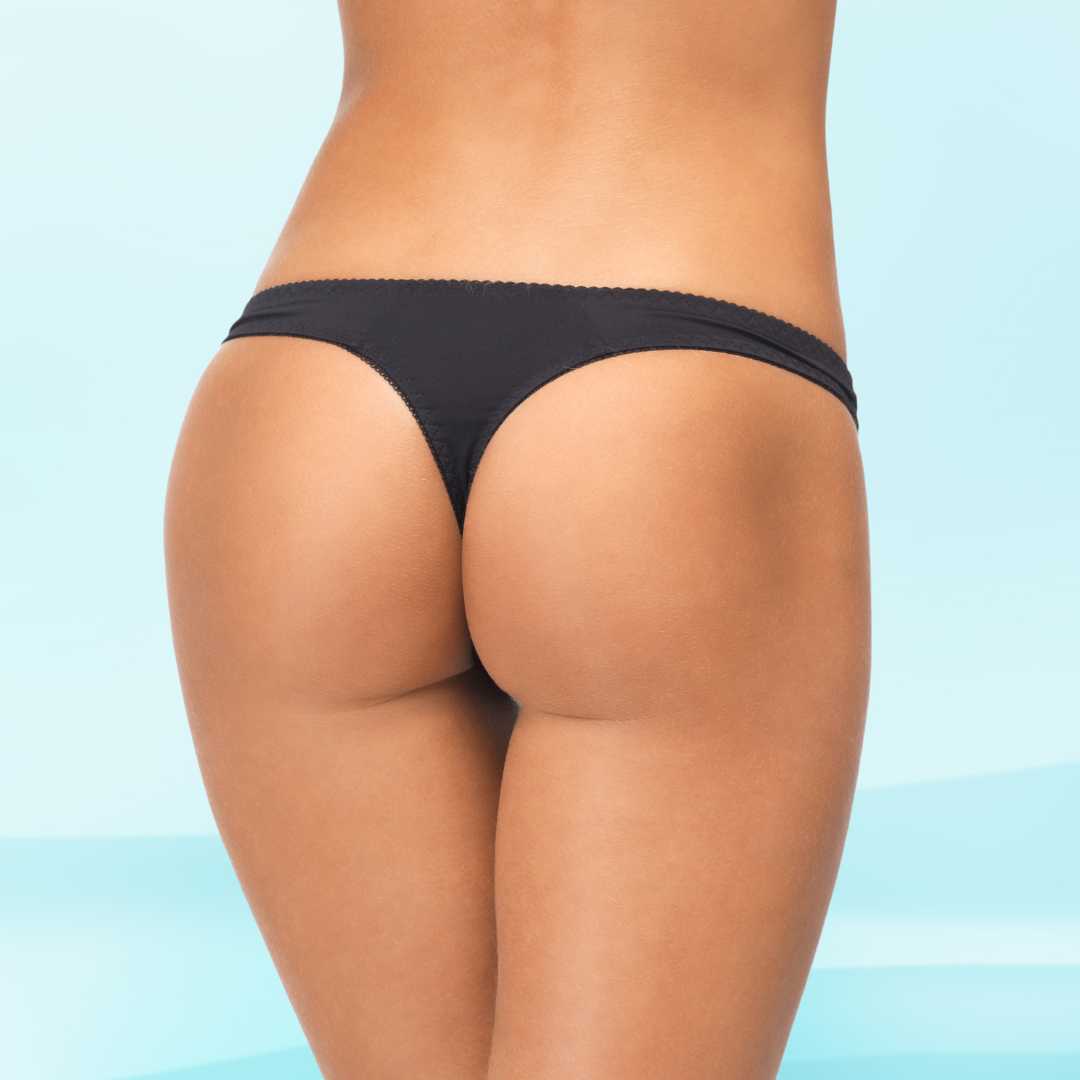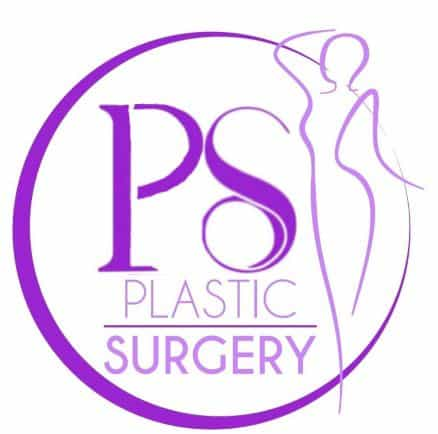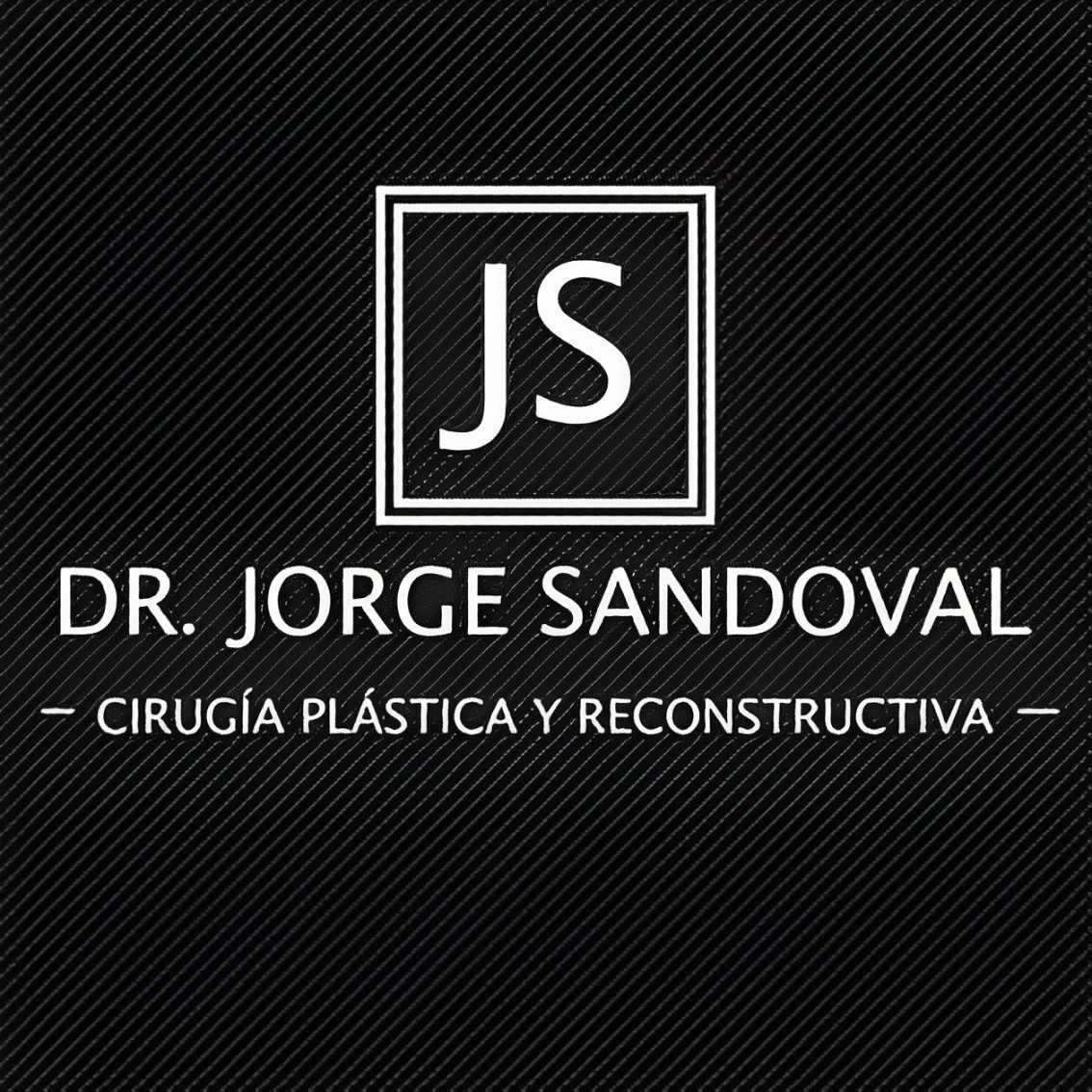Guide to Preparing for Calf Implant Surgery in Mexico
.jpg)
Considering calf implant surgery in Mexico is a significant decision, often driven by the desire for enhanced calf definition and the appeal of high-quality, affordable medical care available south of the border. Whether you're looking to improve muscle symmetry or achieve a more sculpted lower leg appearance, careful preparation is key to a successful journey and a smooth recovery.
This guide will walk you through everything you need to know, from initial medical checks to travel arrangements, ensuring you feel confident and ready for your procedure. Getting ready for calf implant surgery in Mexico means more than just packing a bag.
It involves understanding the medical requirements, selecting the right professional team, and organizing your stay for both the procedure and your recuperation. We'll cover crucial steps like pre-surgical evaluations, financial planning, and what to expect during your consultation and on the day of surgery, providing clear, actionable advice to help you navigate this exciting process with ease.
Why Consider Calf Implant Surgery in Mexico?
Mexico has emerged as a leading destination for medical tourism, particularly for cosmetic procedures like calf implants. The primary drivers for this trend are the competitive pricing, which can be 40-70% less than in other Western nations, without compromising on the quality of care. Mexican clinics often feature state-of-the-art facilities and adhere to international safety standards, making them an attractive option.
Beyond cost, Mexican surgeons are often highly trained and experienced, with many having international certifications and affiliations. They perform a high volume of cosmetic procedures, allowing them to hone their skills.
The accessibility and proximity for North American patients also make Mexico a convenient choice, minimizing travel time and logistical complexities compared to more distant medical tourism destinations. This combination of factors makes Mexico a compelling option for calf implant surgery.
What Initial Steps Should I Take Before Planning Surgery in Mexico?
Your initial steps should focus on thorough research and self-assessment. Begin by identifying what you hope to achieve with calf implants and researching the procedure itself. Understand the types of implants, the surgical techniques involved, and the typical recovery timeline.
This foundational knowledge will help you ask informed questions later. Next, critically evaluate your current health. Are you a good candidate for elective surgery? Consider any existing medical conditions, medications you're taking, or lifestyle factors that might impact your suitability.
It's advisable to have an honest discussion with your local doctor about your plans, even if just for a general health check-up before seeking international consultations. This early assessment ensures you approach the decision with realistic expectations and a clear understanding of your personal health landscape.
What Medical Tests and Screenings Are Required for Calf Implants?
To ensure your safety during calf implant surgery, your chosen Mexican clinic will require a series of pre-operative medical tests and screenings. These evaluations are crucial to confirm that you are in good general health and do not have any underlying conditions that could complicate the surgery or recovery. Typical tests often include:
- Complete Blood Count (CBC): To check for anemia or infection.
- Blood Coagulation Profile: To assess your blood's clotting ability and minimize bleeding risks.
- Blood Chemistry Panel: To evaluate kidney and liver function, and electrolyte balance.
- Electrocardiogram (EKG/ECG): For patients of a certain age or with specific health concerns, to assess heart health.
- Urine Analysis: To detect any urinary tract infections or other kidney issues.
- Physical Examination: A comprehensive check-up by the surgeon or anesthesiologist to assess overall fitness for surgery.
It is often recommended to have these tests done in your home country a few weeks before your trip and send the results to your Mexican surgeon for review. This allows them to identify any potential issues in advance and ensures everything is in order before you travel, preventing last-minute delays or cancellations.
How Do I Choose a Qualified Surgeon and Clinic in Mexico?
Selecting the right surgeon and clinic is perhaps the most critical step in preparing for calf implant surgery in Mexico. Start by looking for surgeons who are board-certified in plastic surgery, ideally with international affiliations or training. Websites of medical associations, such as the Mexican Association of Plastic, Aesthetic and Reconstructive Surgery (AMCPER), can be excellent resources.
Once you have a list of potential surgeons, delve into their experience with calf implants specifically. Look at their portfolio of before-and-after photos, pay attention to patient reviews and testimonials on independent platforms, and consider their communication style during initial consultations.
A reputable clinic will be transparent about its accreditations, safety protocols, and post-operative care plans. Don't hesitate to ask detailed questions about their facility's operating room standards, emergency procedures, and the qualifications of the entire surgical team.
What Are the Financial Considerations for Calf Implant Surgery in Mexico?
While calf implant surgery in Mexico is typically more affordable, it's essential to have a clear understanding of all associated costs to avoid any surprises. The total price will usually encompass more than just the surgeon's fee. Here's a breakdown of common financial considerations:
- Surgical Fee: This covers the surgeon's expertise and the procedure itself.
- Anesthesia Fee: The cost for the anesthesiologist and their services.
- Facility Fees: Charges for the use of the operating room and recovery facilities.
- Implant Costs: The price of the calf implants themselves.
- Pre- and Post-Operative Consultations: Some packages include these, others may charge separately.
- Medications: Prescriptions for pain relief, antibiotics, etc., needed during recovery.
- Compression Garments: Required post-surgery to reduce swelling and aid healing.
- Travel Expenses: Flights, ground transportation, and any visas if applicable.
- Accommodation: Hotel or recovery home stay before, during, and after surgery.
- Food and Personal Expenses: Daily living costs during your stay.
- Companion Costs: If someone travels with you, account for their expenses.
Always ask for a detailed, itemized quote from the clinic. Inquire about payment plans, accepted currencies, and any potential hidden fees. It's wise to have a contingency fund for unexpected expenses or extended stays.
How Should I Prepare My Body Physically for the Surgery?
Physical preparation is crucial for optimizing your body's ability to heal and recover from calf implant surgery. A few weeks before your scheduled date, begin adopting healthier habits. If you smoke, it's absolutely vital to stop at least 4-6 weeks before surgery, as smoking severely impairs blood flow and can lead to complications and slower healing.
Similarly, excessive alcohol consumption should be avoided for at least two weeks prior, as it can dehydrate the body and interfere with anesthesia. Focus on maintaining a balanced diet rich in vitamins, minerals, and protein to support tissue repair. Stay well-hydrated by drinking plenty of water.
While strenuous exercise should be avoided close to surgery, light, regular activity like walking can help improve circulation and overall fitness. Discuss any pre-existing conditions or concerns with your surgeon, and ensure any chronic conditions like diabetes or high blood pressure are well-managed before your procedure.
What Dietary and Medication Adjustments Are Necessary Before Surgery?
Dietary and medication adjustments are critical to prevent complications during and after calf implant surgery. Your surgeon will provide specific instructions, which you must follow precisely. A general guideline involves discontinuing certain medications and supplements that can increase bleeding risk. Typically, you will need to stop taking:
- Blood Thinners: Aspirin, ibuprofen (Advil, Motrin), naproxen (Aleve), and other NSAIDs should be stopped usually two weeks prior.
- Herbal Supplements: Ginko Biloba, ginseng, garlic supplements, St. John's Wort, and high doses of Vitamin E can also thin the blood or interact with anesthesia. Discontinue these as advised, often two weeks beforehand.
- Certain Vitamins: While important, discuss all vitamin regimens with your surgeon.
Ensure your surgeon is aware of ALL medications, supplements, and herbal remedies you are currently taking, even over-the-counter ones. They will advise which ones to stop and for how long. Regarding diet, you will likely be instructed to fast (no food or drink) for a specific period, typically 8-12 hours, before surgery to prevent aspiration during anesthesia. Adhering to these instructions is non-negotiable for your safety.
What Travel and Accommodation Arrangements Do I Need to Make for Mexico?
Planning your travel and accommodation for calf implant surgery in Mexico requires careful thought to ensure a stress-free experience. First, book your flights well in advance. Choose a reputable airline and consider flights that minimize layovers, especially for your return journey when you'll be recovering.
Confirm your passport validity and any visa requirements for Mexico, though many nationalities can enter Mexico without a visa for tourist purposes. For accommodation, you'll need a place that prioritizes comfort and accessibility. Many clinics in Mexico partner with local hotels or offer recovery homes that provide specialized post-operative care, including nursing support, meal preparation, and transportation.
If choosing a hotel, ensure it's close to the clinic, has an elevator, and offers room service or is near restaurants. Plan for a stay of at least 1-2 weeks after surgery, as you'll need time for initial recovery and follow-up appointments before flying home. Arrange for reliable ground transportation from the airport to your accommodation and to and from the clinic for appointments.
What Should I Pack for My Trip and Recovery Period?
Packing smart can significantly enhance your comfort during your calf implant surgery trip and recovery in Mexico. Focus on practicality and ease of use, especially considering you'll have limited mobility after the procedure. Here's a suggested packing list:
- Loose, Comfortable Clothing: Think soft, baggy pants (like sweatpants or pajama bottoms) that won't irritate your surgical sites. Pack button-down shirts or zip-up hoodies to avoid lifting arms too much.
- Slip-on Shoes: Swelling in the feet and ankles is common, so easy-to-wear, comfortable shoes (like slides or sandals) are essential.
- Personal Toiletries: Bring your preferred soaps, shampoos, and lotions. Consider travel-sized options.
- Prescription Medications: Any regular medications you take, plus those prescribed by your surgeon for post-op care (painkillers, antibiotics). Keep these in your carry-on bag.
- Entertainment: Books, magazines, e-reader, tablet, or laptop to pass the time during recovery.
- Comfort Items: A small pillow for comfort during travel or in recovery, noise-canceling headphones.
- Important Documents: Passport, ID, insurance information, clinic contact details, and a copy of your surgical schedule.
- Chargers: For all your electronic devices.
- Snacks: Healthy, easy-to-digest snacks for your recovery period.
Remember that you won't be able to carry heavy bags post-surgery, so pack light and consider traveling with a companion who can assist you.
What to Expect During the Consultation and the Day of Surgery in Mexico?
Your consultation is a vital step in Mexico. You'll meet your surgeon, discuss your aesthetic goals, and undergo a physical examination of your calves. The surgeon will assess your anatomy, discuss implant size and type, and explain the surgical technique.
This is your opportunity to ask all your questions about the procedure, recovery, potential risks, and expected outcomes. They will also review your medical history and test results to ensure you're a suitable candidate. Don't be afraid to voice any concerns; clear communication is key.
On the day of surgery, you'll typically arrive at the clinic or hospital a few hours before your scheduled time. You'll have a final check-in with your surgeon and the anesthesiologist to review the plan and address any last-minute questions. You'll then be prepped for surgery, which involves changing into a gown and potentially receiving pre-operative medications.
The calf implant procedure is usually performed under general anesthesia, meaning you'll be asleep. The surgery typically takes 1-2 hours. After the procedure, you'll be moved to a recovery room where medical staff will monitor you as you wake up from anesthesia.
You'll experience some pain and discomfort, which will be managed with medication, and your calves will be bandaged, often with compression garments applied. Depending on the clinic's policy and your recovery progress, you might stay overnight or be discharged the same day to your accommodation.
Ready to explore your options for calf implant surgery or other medical tourism needs? Visit PlacidWay today to connect with top-rated clinics and surgeons worldwide and get personalized assistance for your healthcare journey.


.png)

.jpg)




-for-Vancouver-Patients-in-Guadalajara,-Mexico.jpg)







Share this listing